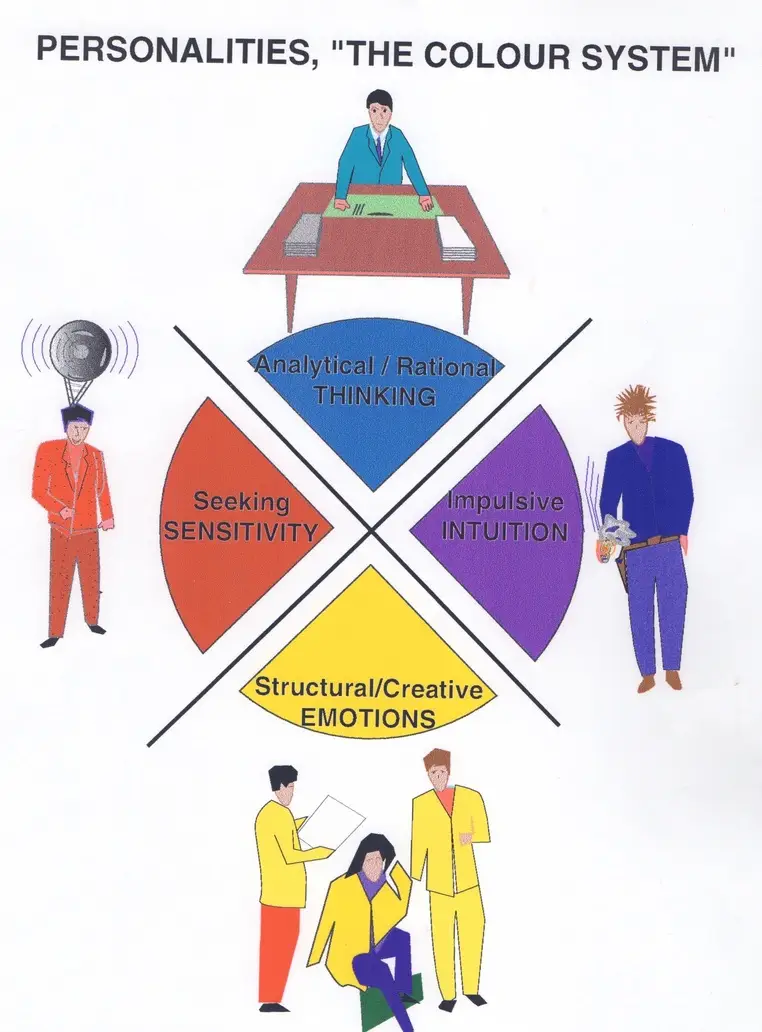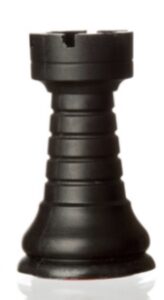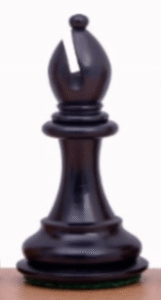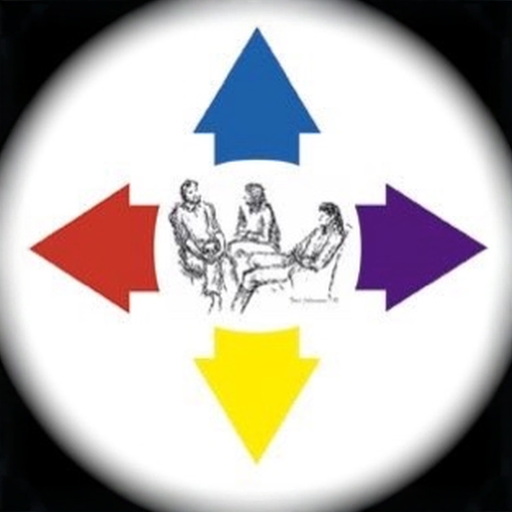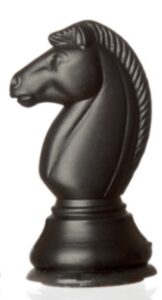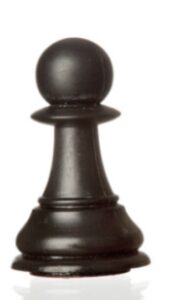LESSON 7,1
The bridge to success Knowing everyones:
"Key Performance Role."
FACTS
Humans are pack animals, and have always sought together in families, tribes, and nations. Within each group, “opposites attract,” “like seeks like,” and “birds of a feather flock together” people have naturally formed friendships and alliances. These bonds can be strong and long-lasting.
In traditional organisations with clear hierarchies, such alliances often appeared as sub-groups known as “games”, “families,” “camaraderie,” “freemasonry,” or “secret boys’ clubs.”
FEELINGS
In today’s global society, the hidden power plays out in encrypted echo chambers or exposed through platforms, like LinkedIn ect. In project-based organisations, this is not only accepted but expected: Personal networks are the real key. Trust-based alliances cut across formal structures, bringing people together to get things done. In the end, success often comes down to “knowing someone who knows someone”—and to the chemistry that binds people together.
FORECAST
In a world where AI screens résumés and tests your skills, the real test begins face to face. – That’s when you must show who you truly are—because the systems already know everything else.
In those moments, bridges built on trust, competence, and respect decide whether opportunities open or close.
The future belongs to those – who want a lot –
and who accept change, build bridges, and grow strong networks.





